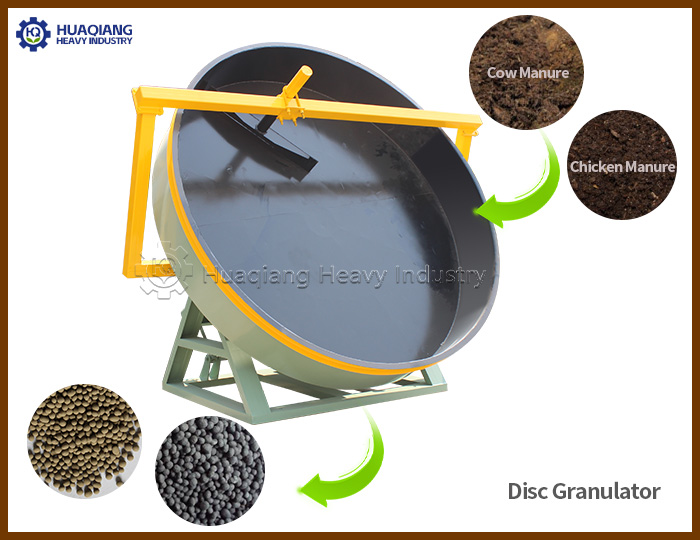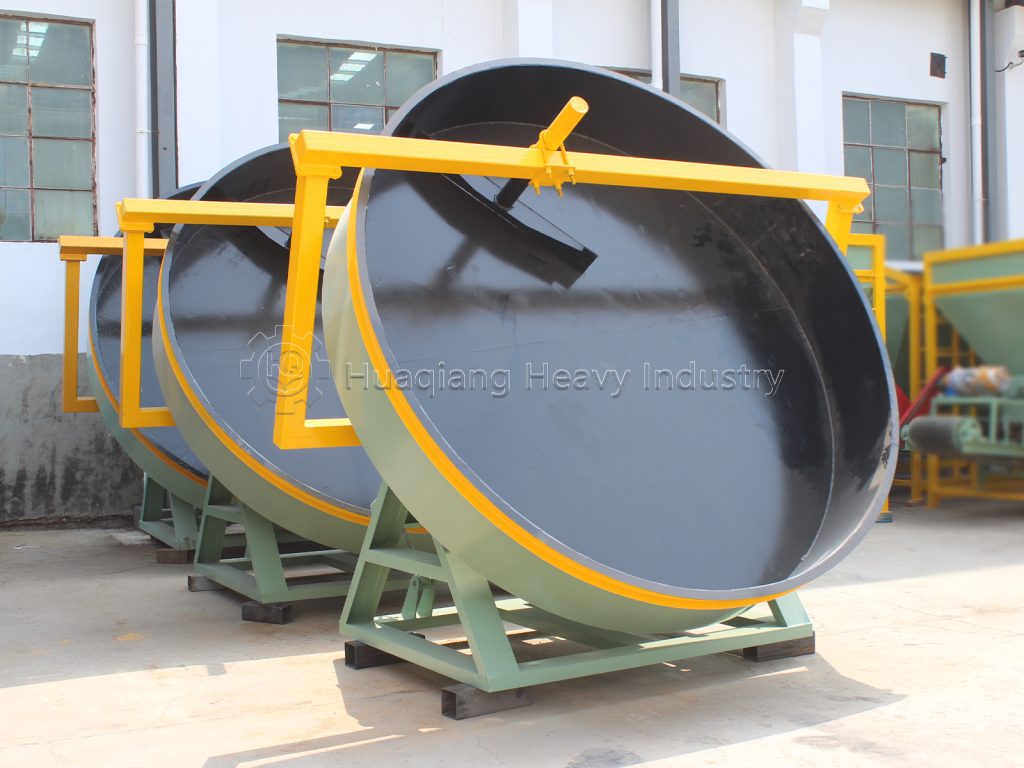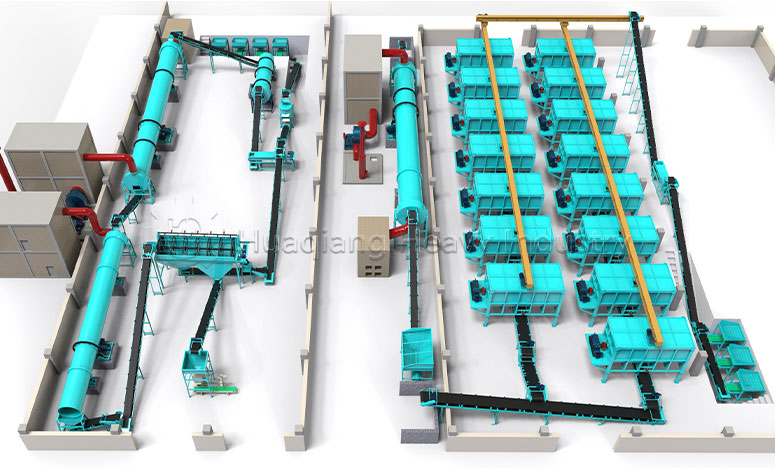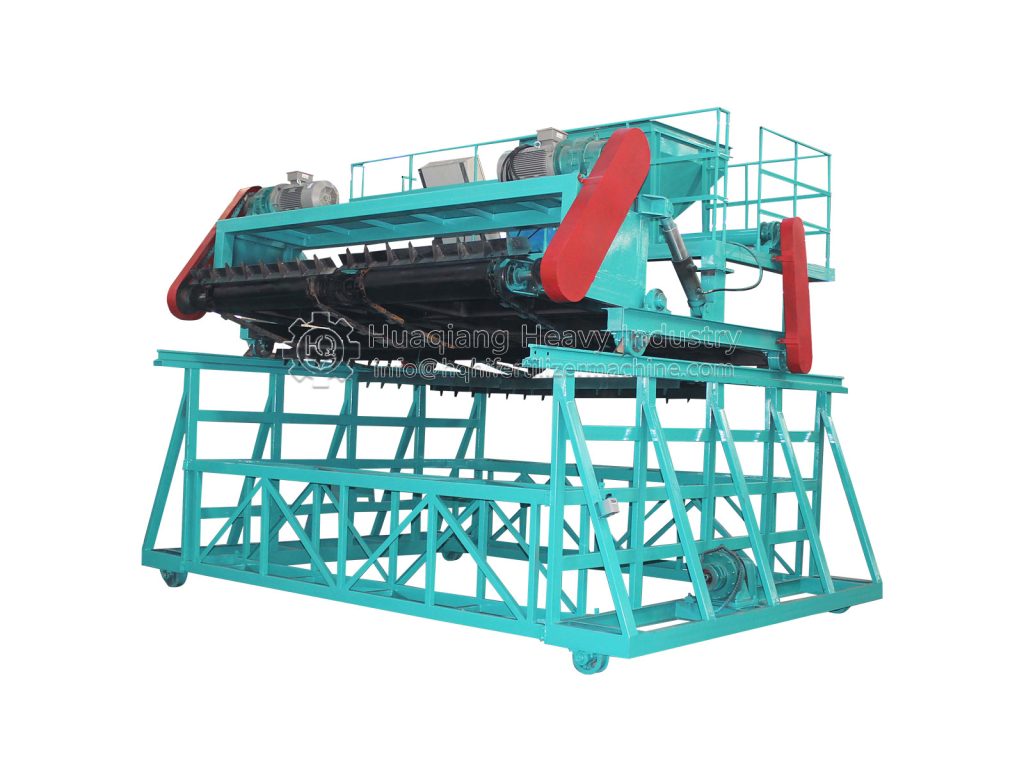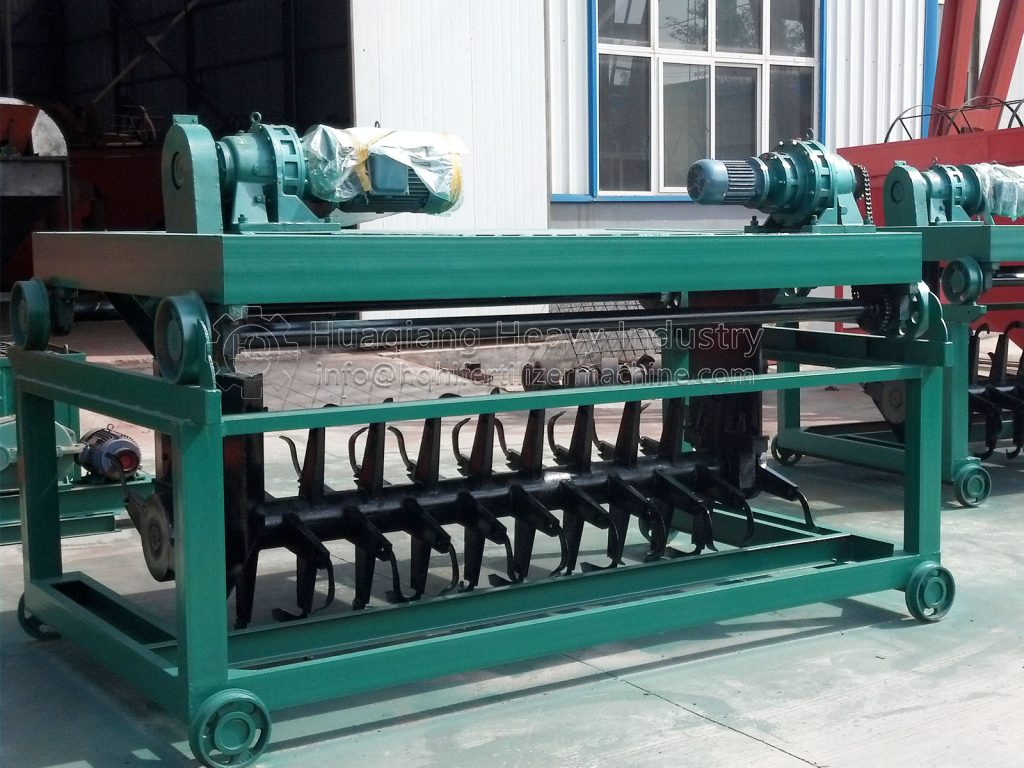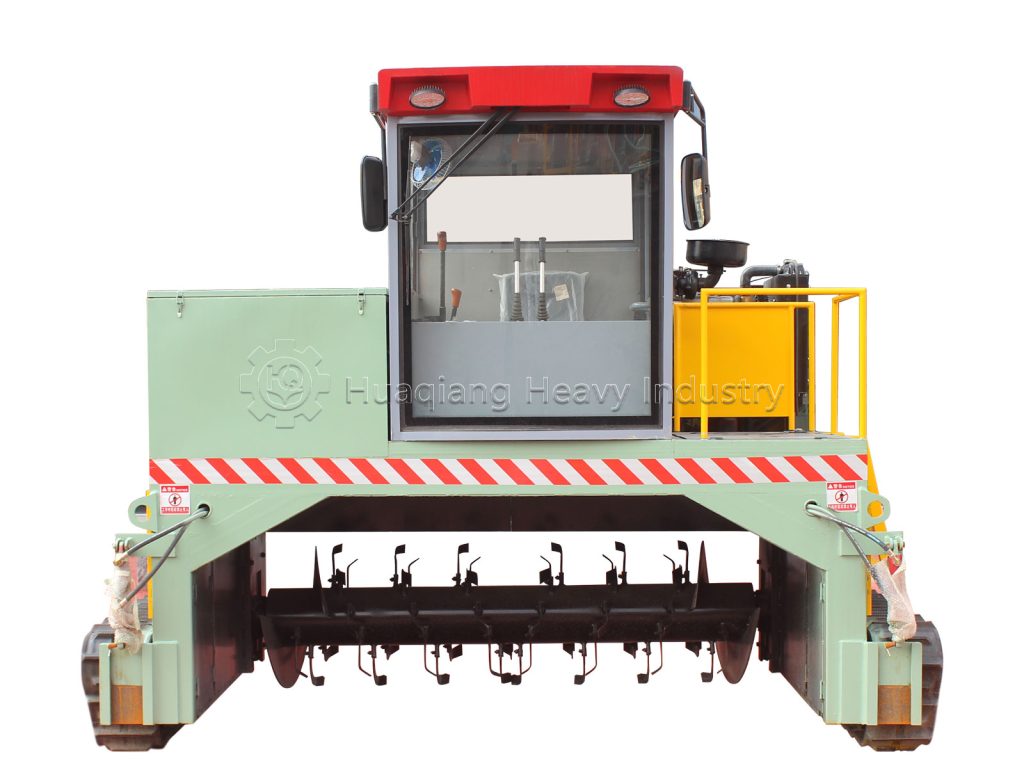As an important organic fertilizer production equipment, the double roller press granulator can always maintain efficient operation, extend its service life, and escort production. Mastering scientific maintenance methods can not only reduce the hidden dangers of failure, but also enable the equipment to output high-quality particles stably for a long time.
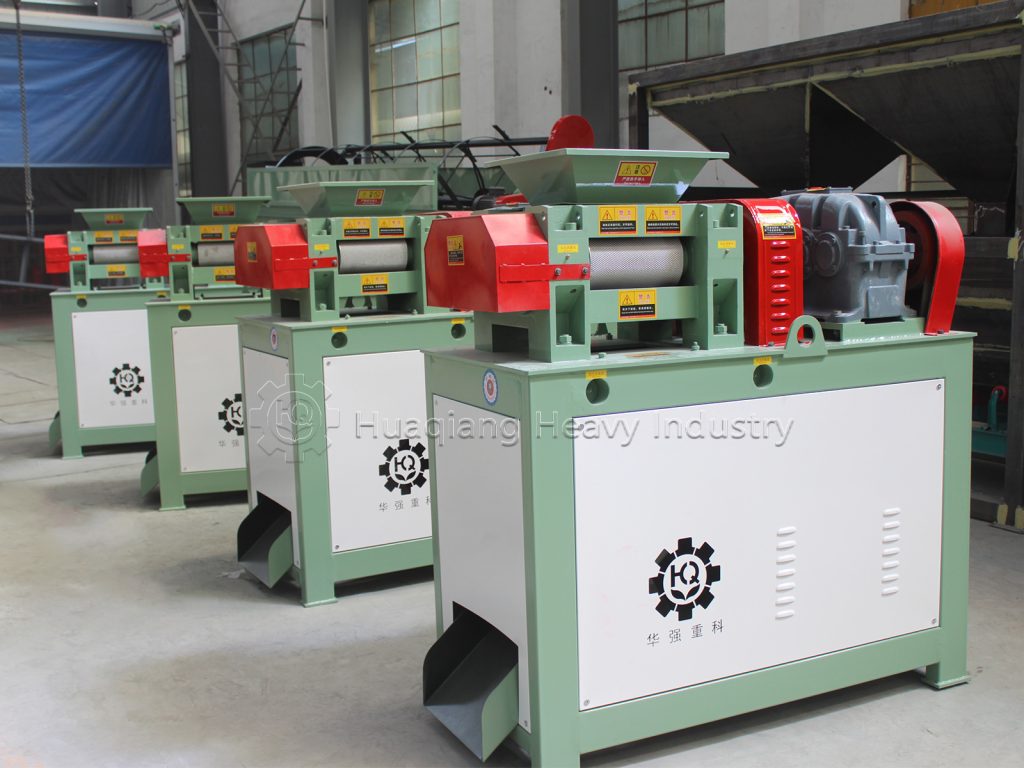
Daily maintenance needs to form a standardized process. Before starting the machine, in addition to checking the connection and fasteners of the components, it is necessary to focus on whether the feed port is unobstructed, remove possible foreign matter, and avoid material jamming and damage to the equipment after starting. During operation, in addition to paying attention to the rotation and sound of the rollers, it is also necessary to observe the temperature of the motor. If overheating occurs, the machine should be shut down to cool down to prevent the motor from burning. The cleaning work after shutdown should be thorough. A special brush can be used to clean the residual material in the roller texture, and compressed air can be used to blow the equipment gap to prevent the material from corroding the components after moisture and agglomeration.
Maintenance of key components must be accurate and in place. The parallelism of the rollers needs to be checked every time they run for a period of time. If there is an offset, it should be calibrated in time to ensure uniform extrusion force; when the surface is worn to a certain extent, it can be polished and repaired to extend the service life. Bearing lubrication requires the use of lubricating oil of suitable types, which should be refilled at least once a month. Before refilling, clean the impurities in the oil filling port to prevent contamination of the lubrication system. The chain of the transmission system should be regularly smeared with chain oil, and the gears should be checked for meshing. If abnormal noise or jamming is found, timely adjustments should be made to avoid affecting the granulation efficiency due to poor power transmission.
Well-maintained equipment can reduce downtime, maintain stable granulation efficiency and granule quality, and reduce long-term use costs. Choose a double roller press granulator and cooperate with scientific maintenance to make your organic fertilizer production line continue to be efficient and your profits more guaranteed.
